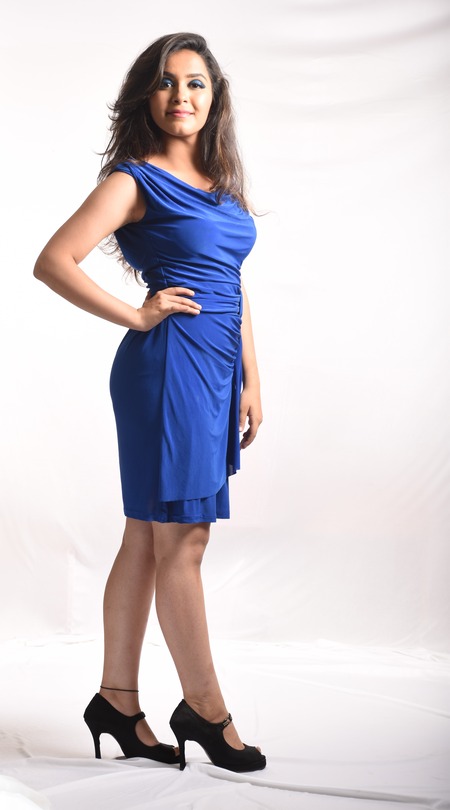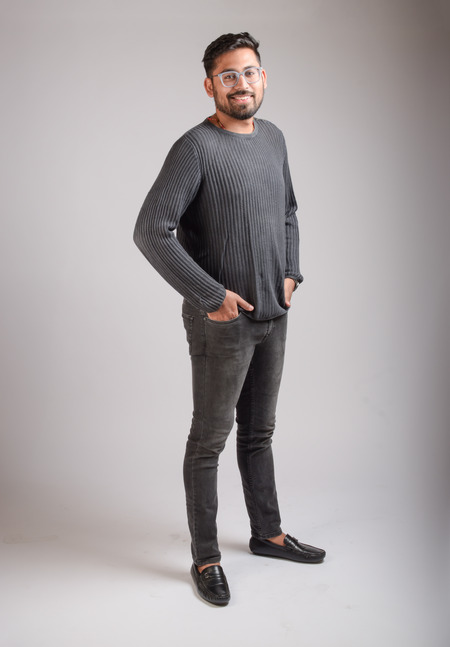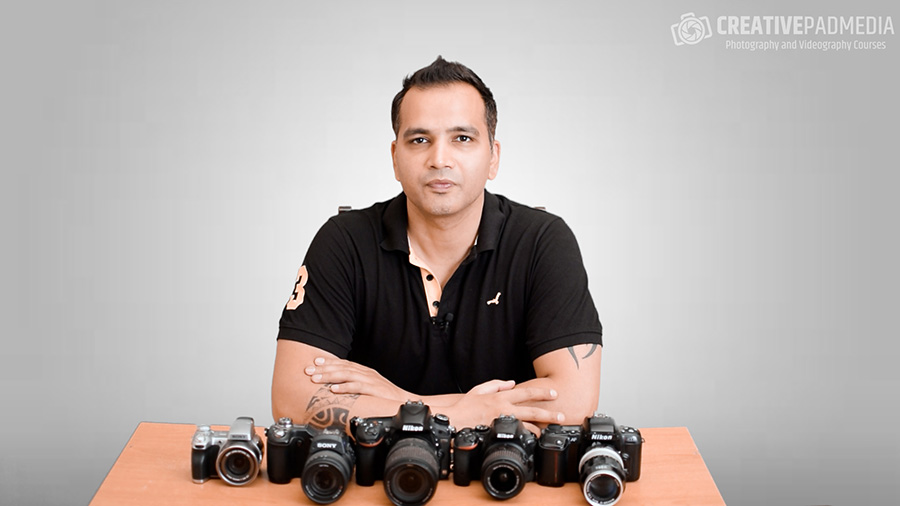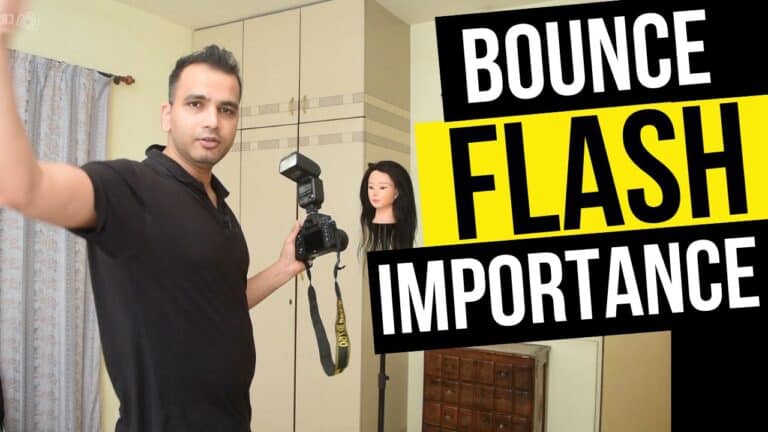Muslin Backdrop vs Paper Backdrop – Which is better?
The short answer is – Paper Backdrop.
But as is usually the case in the photography world, the real answer is the long answer. Because it really depends on your unique situation as a photographer. So, let’s do some more digging.
Let’s Compare Muslin and Paper Backdrops on Different Factors:
Let’s try to see the differences between muslin and paper backdrops that can help you decide which one is best suited for your needs:
1. Budget (Winner – Muslin)
A muslin backdrop is basically a large piece of cotton cloth so it’s obviously going to be cheaper than a seamless paper backdrop. The difference is so much that there is simply no comparison. So if you’re low on budget, the answer is a muslin backdrop.
2. Variety (Winner – Muslin)
Since muslin backdrops are cheaper, it is easier to collect a lot of different colored ones. Doing so with paper backdrops can be very expensive. However, one thing to note is that it’s not easy to find textured muslin backdrops. So if texture is your thing, paper backdrops might be a better option for you.
3. Ease of Set-up (Winner – Muslin, but only slightly)
Muslin backdrops are very easy to set up since you just throw them over the backdrop stand and use some clamps to hold them.
Whereas paper backdrops usually come in rolls that have to be attached to the horizontal bar of the backdrop stand and then pulled down. This is not bad either.
When it comes to changing the backdrop to another colored one, both have their sets of issues. The muslin backdrop will have to be set up with the clamps again. And for the paper backdrop, you’ll have to insert the rod into the new roll and then place it again on top of the stand.
If you’re willing to get a backdrop roller system like this one by Neewer, then this task can become way easier. But these systems are not cheap.
4. Availability (Winner – Muslin)
This one completely depends on where you are (your country). For instance, if you are in the US, this point may not apply since the photography industry is well developed there, and therefore there are many suppliers (offline and online) that sell seamless paper backdrops.
But, for instance, in India (where I am), it’s not easy to finds good quality paper backdrops even on places like Amazon.
Whereas finding suppliers for muslin backdrops is never an issue.
5. Durability (Winner – Muslin)
Paper backdrops come in different densities but the lighter ones can be prone to wear and tear. They have to be handled with care especially when they are being set up and also during the shoot, since even your subject can unknowingly cause some damage.
Muslin backdrops can pretty much last a lifetime.
6. Storage space (Winner – Muslin)
Muslin backdrops can simply be folded and stored. Whereas paper backdrops always have to be kept in the same rolled position. Therefore, they take up more space.
7. Quality of shots (Winner – Paper)
You must be wondering why I declared paper backdrops as the better option when I talked about the short answer in the first line of this article, when all the points before this one went in favor of muslin backdrops.
This is why.
Because ultimately photography is about the quality of shots you take. And these are the factors where seamless paper backdrops outshine the muslin counterparts:
Smooth and Uniform Look (No Texture Visible)
Seamless paper backdrops hands down beat the muslin ones in this regard, simply because they have a more uniform look and there are lesser issues related to wrinkling, which can lead to bad looking texture being seen in the shot.
For instance, look at the shot below which I took in my studio with a white muslin cloth as the backdrop:

You can clearly see the wrinkles of the cloth on the right hand side. This can be corrected in many ways like washing it away by using a background light, but the point is something will need to be done.
Whereas in case of a seamless paper backdrop, nothing needs to be done.
For instance, look at the shot below from another shoot, where the lighting and everything else remained pretty much the same, the only difference being the usage of a paper backdrop:

You can see that this time the background looks more smooth and even, which gives it that professional look that your clients want. Moreover, you save so much time as you don’t have to take any extra steps like in the case of the muslin backdrop. Neither do you have to remove the wrinkles in editing.
But do note that if not handled properly, even paper backdrops can develop wrinkles. How easily they do that will depend on the thickness of the paper being used.
Shooting Full Body Portraits
Kind of similar to the last point, paper backdrops also make it easier to shoot full body portraits since they offer seamless look from top to bottom. Whereas, a muslin cloth is bound to wrinkle around the area where your subject stands.
Again let’s see two examples to understand this:


You can clearly guess which of the these photos used which type of backdrop. And trust me, those wrinkles that form near the feet are the toughest to remove in Photoshop.
In simple words, all things being equal, paper backdrops give a more professional and smooth look.
That’s why pros use seamless paper backdrops rather than muslin ones.
This doesn’t mean you can’t get professional looking shots with a muslin backdrop. It’s just that it will take more planning and better lighting.
Which paper backdrops do we recommend?
The most popular type brand when it comes to seamless paper backdrops is Savage. Savage seamless papers have stood the test of time and are perhaps the most widely available paper backdrops.

If you plan on shooting portraits of individuals, then papers which are 4.5 feet wide can do the job. If you’re not sure, then going for a 7 feet wide paper is the best choice. If you plan to do group portraits, then 7 feet can work okay, but a 9 feet wide paper is recommended.
Conclusion
The conclusion is simple. If money is not an issue, go for seamless paper backdrops simply because they will give better looking results. Also, as a bonus, your studio will also look more professional.
However, if budget is an issue, don’t hesitate to go for muslin ones. With a bit of practice, you can find workarounds to the issues and still be able to get great looking shots.
And don’t forget, you can also use both types of backdrops with a common backdrop stand. So you can buy both types and see which one you works for you.
I hope this article helped you out!
If you want to learn the art of studio photography, then do check out my online course called Studio Photography for Beginners, where I teach you how to do studio photography by setting up a budget studio in your house. In this course I actually only use the muslin backdrop, since this course is all about setting up a studio on a budget. It has 31 videos and is available via Udemy.com. You can watch the promo video below to understand what all this contains:








